• Dry blinds with no need for waders
• Over 12 different species of ducks
• An abundance of birds to reach daily limit of 20 ducks
• Extraordinary decoying duck hunting
• Over 50 guns to rent, including Beretta’s and Benelli’s, Semiautomatic and Over & Under in 12 and 20ga
Los Laureles Lodge is in the Entre Rios province which literally means 'between rivers'. Commonly referred to as 'siempre verde' or 'always green', this is the most ideal duck habitat in Argentina due to the fabulous amount of fresh water it possesses in rivers, marshes and ponds.
Additionally, Entre Rios receives more rainfall than any other area in the country with precipitation occurring twelve months out of the year. While we are able to access hard to reach marsh areas with the aid of amphibious vehicles, we hunt small ponds out of dry blinds just as frequently thus eliminating the need for waders and long travel.
Baiting is legal in Argentina and because we own or have exclusive leases on all the land we hunt, ideal field preparation and land management are employed at a level totally unique among competitor outfitters. We have duck fields as close as 10-25 minutes to the lodge but occasionally we need to drive further.
An average drive time for ducks is in the 45 minute range. Duck hunting requires flexibility from an outfitting standpoint as we always like to go to where the birds are the strongest yet we are fortunate to have access to more ideal land than any other duck hunting operation in the province.
The May - August duck season represents our winter which is mild by the standard of many other regions where ducks are hunted. Early morning temperatures rarely fall below 35 degrees Fahrenheit with temperatures rising to the low-seventies during the day. Clothing in layers is recommended.
Duck season in Entre Rios is between May and August.
SPECIES
Duck species in Argentina consist of local varieties as well as migratory ducks, depending on weather patterns. Migratory species include Rosy Billed Pochards and Pintails. The local species which are not affected by migration are Brazilian Teal, Ring Teal, Speckled Teal, Silver Teal, Red Shoveler and Whistling Ducks.
The Rosy-billed Pochard comes from the species peposaca-derived from a Guaraní word for ¨showy wings¨ The wings feature a broad white stripe that is only visible when stretched out. Male ducks have a distinctive red bill, while the female´s is slate-colored. Though classified as a diving duck, this pochard feeds more like a dabbling duck. The Rosy-bill is genetically linked to the Canvasback and the females of both species are similar. The drakes are adorned in shades of black and white, with a flaming red bill featuring a fleshy knob at the base. The Rosy-billed Pochard is endemic to South America. The population in southern Argentina migrates nortward during the austral winter, reaching Brazil and southern Bolivia. It is a vagrant to the Falkland Islands.
The Brazilian Teal or Brazilian Duck is the only duck in the genus Amazonetta. It was formerly considered a ¨perching duck¨, but more recent analyses indicate that it belongs to a clan of South American dabbling ducks which also includes the Crested Duck, the Bronze-winged Duck, and possibly the Steamer Ducks. The Ducks are light brown in colour. Drakes distinguish themselves from females in having red beaks and legs, and in having a distinctive pale grey area on the side of its head and neck. The colour of these limbs is much duller in female. Brazilian Teal live in pairs or in small groups of up to twenty birds. Both parents look after their hatchlings.
The Cinnamon Teal is a small, reddish, dabbling duck found in the marshes and ponds of western North America and South America. Adult males have a cinnamon red head, a brown back, red eyes, and a dark bill. Adult females have mottled brown bodies, a pel brown head, brown eyes, and a grey bill. They are similar in appearance to female Blue-winged Teals; however, their overall color is richer, and the lore spot, eye line, and eye ring are less distinct. Their bill is also longer and flatter. Male jueveniles resemble female Cinnamon or Bluewinged teals, but their eyes are red.
The Fulvous Whistling Duck, is a duck which breeds across the world’s tropical regions in much of Central and South America, Sub-Saharan Africa, the Indian subcontinent, and the Gulf Coast of the United States. The Fulvous Whistling Duck is a common but wary species. It is largely resident, apart from local movements, but vagrancy has occurred to southern Europe. It nests on a stick platform in reeds, laying 8-12 eggs, but hollow trees or old bird nests are occasionally used for nesting. Its habitat is freshwater lakes, paddy fields or reservoirs with plentiful vegetation, where this duck feeds mainly at night on seeds and other parts of plants.
The Red Shoveler is found in Southern America, Argentina, Southern Peru, Southern Bolivia, Uruguay, Paraguay, the Falkland Islands, South Georgia, South Sandwich Islands, Southern Brazil, and Chile. In winter the southernmost birds migrate north to Brazil and Peru. The Red Shoveler is cinnamon in color with dark spots and a green speculum. The head and neck are grayish. They have a large dark spatula-shaped bill.
The Ringed Teal is a small duck found in South America. It is the only species of the genus Callonetta. Usually categorized with dabbling ducks (Anatinae), this species may be closer to shelducks and belong to the subfamily Tadorninae. Males and female remain colorful through the year, lacking an eclipse plumage. The drake has a rich chestnut back, pale grey flanks, and a salmon - colored breast with black speckles. A black band runs from the top of its head down to the nape. Females have an olive brownish back barring on a pale chest and belly. Both have dark tails, a contrasting pale rump, and a distintictive white patch on the wing. Bills are grey and legs and feet are pink in both sexes. Pairs easily bond. Their calls are a cat-like ¨meowing¨ in hens, a lingering ¨peewoo¨ in drakes.
The Silver Teal’s range includes southern Bolivia, southern Brazil, Paraguay, Argentina, Chile, Uruguay, South Georgia, South Sandwich Islands, and the Falkland Islands. The Southernmost birds migrate to southern Brazil in the winter. Silver Teals are generally placid ducks but are protective of eggs, their young, and females. They have a black cap that extends below the eyes, and a bluish bill with a yellow tip. They also have a green speculum with a white border.
The Chiloe or Southern Wigeon is one of three species of wigeon in the dabbling duck genus Anas. Unlike other wigeons, the sexes appear similar (although males are slightly brighter) and pairs are monogamous. This bird has a metallic green black and white and its sides are orange-brown. It has white cheeks, a white forehead, and white on its wings. These ducks are found in southern South America on freshwater lakes, marshes, lagoons, and slow flowing rivers. They breeds in the Falkland Islands, Argentina, Uruguay, and Chile, and migrate to southeastern Brazil for winter.
Similar to other teals, Speckled Teal belong to the diverse genus Anas. More precisely, they are one of the ¨true¨ teals of subgenus Nettion. Their DNA sequence is similar to the Green-winged Teal althought the two species share little outward resemblance. Apart from its relationship with red and green headed teals, Speckled Teals closely resemble Indian Ocean Teals, but their uni-colored underside and namesake bill are unique.
The White-faced Whistling Duck, is a duck which breeds in sub-Saharan Africa and much of South America. This species is gregarious, and at favoured sites, the flocks of a thousand or more birds arriving at dawn are an impressive sight. As the name implies, these are noisy birds with a clear three-note whistling call. This species has a long grey bill, long head and longish legs. It has a white face and crown, and black rear head. The black and wings are dark brown to black, and the underparts are black, although the flanks have fine white barring. The neck is chestnut. All plumages are similar, except that juveniles have a much less contrasted head pattern.
The White-cheeked Pintail, is a dabbling duck of the Caribbean and South America. Like many southern ducks, the sexes are similar. It is mainly brown with white cheeks and a red-based grey bill (young birds lack the pink). It cannot be confused with any other duck in its range. The White-cheeked Pintail is the court jester of South American ducks, with the brightest costume of all. Its overall color is cinnamon, but the cinnamon body features a creamy white trim package that extends from low on the throat to the base of a red bill, all edged in turquoise iridescence. Wings are blackish in hue, with a green speculum that contrasts with the red bill.
The Yellow-billed Pintail has a brown head and neck. The bill is yellow with a black tip and a black stripe down the middle. The tail is brownish and pointed. The upper wing is grayish-brown, and the secondaries are blackish-green. The rest of the body is buffish brown with varying size black spots. The species is sometimes confused with Speckled Teal, but can be differentiated by the yellow stripes on its bill and its larger size. They hide their nests in vegetation close to water. They lay 4 to 10 eggs in a clutch.
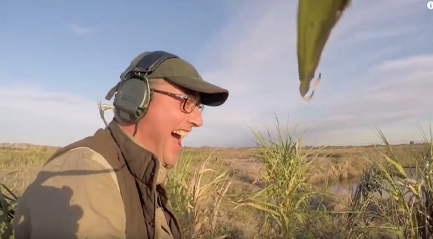
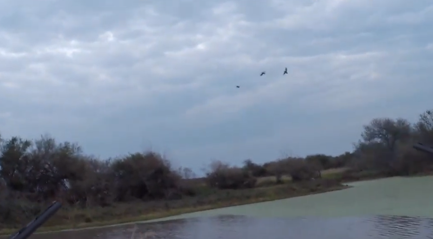
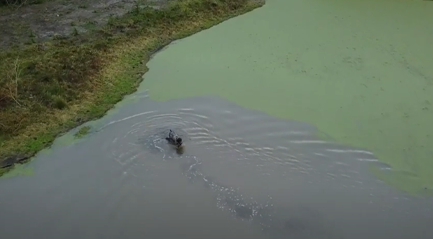

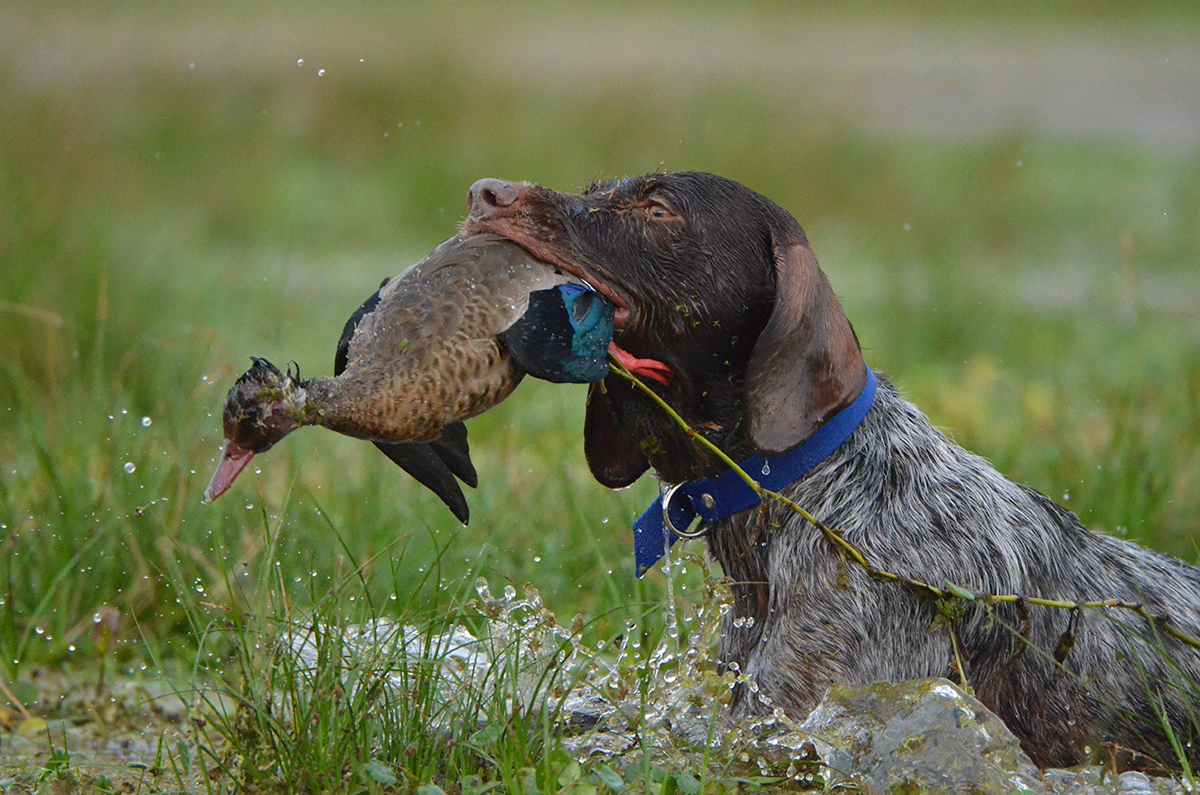
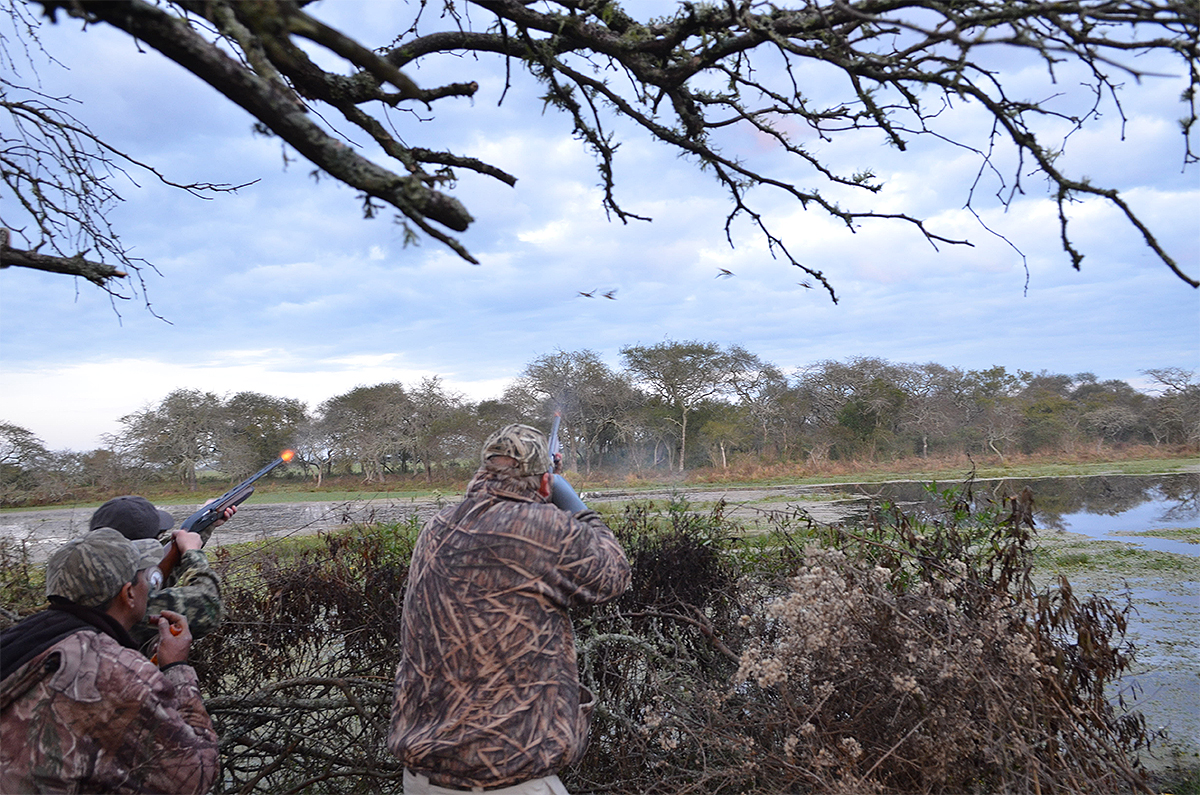




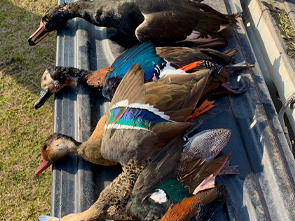
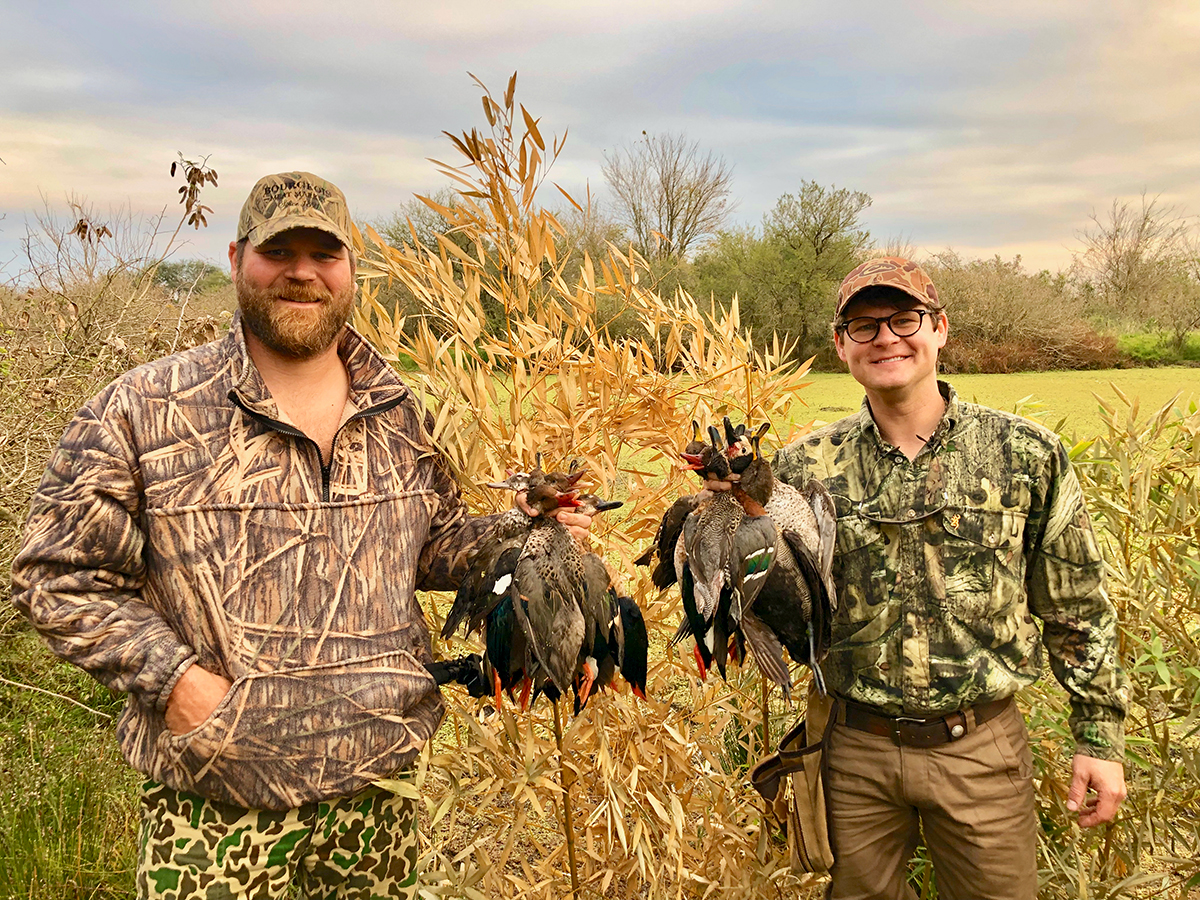
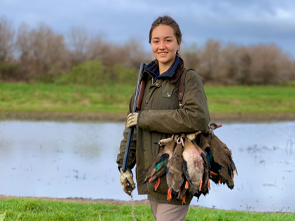
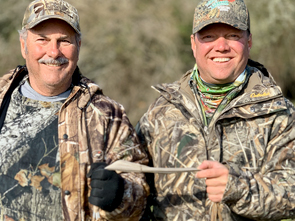

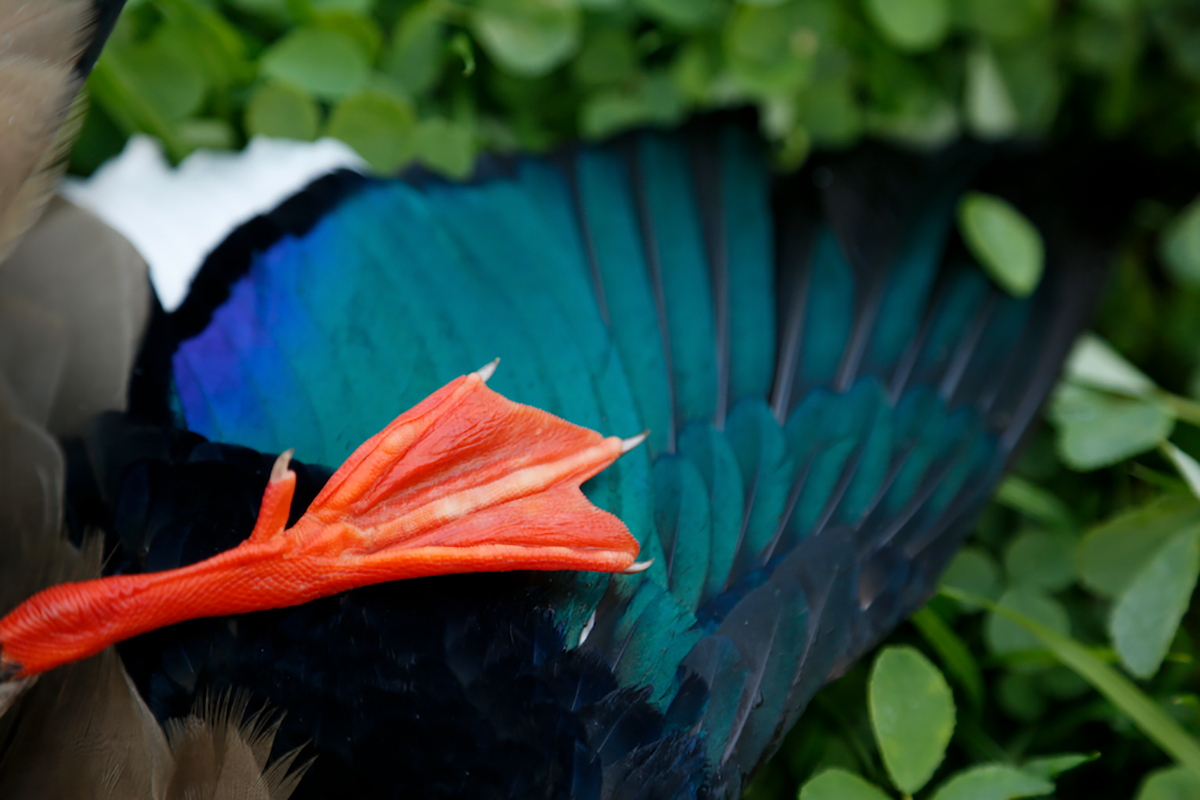
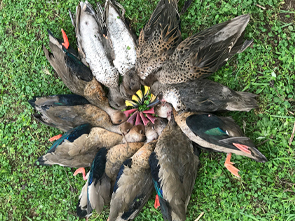
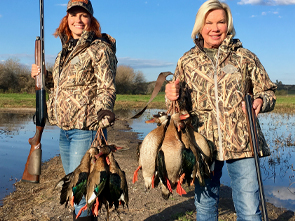
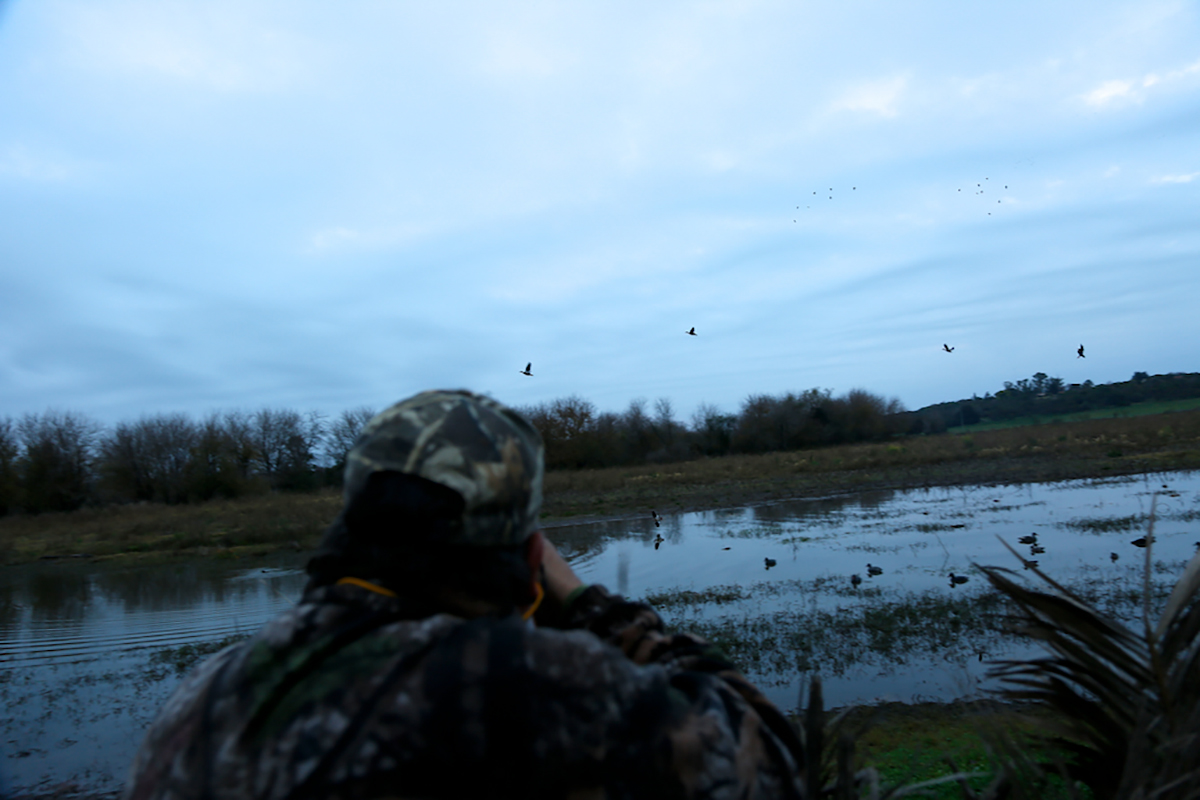

























 +54 9 11 5 566 7737
+54 9 11 5 566 7737









